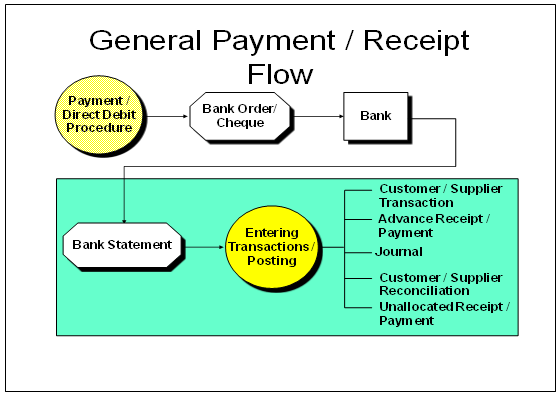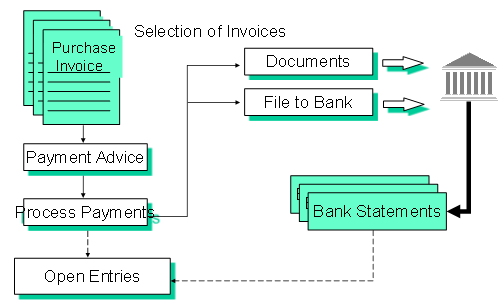Cost Estimate and Accounting in ERP
February 12, 2025
 Introduction to Information Technology (IT) Strategy
Introduction to Information Technology (IT) Strategy
Introduction: What is IT Strategy and Why it is Important As the joke goes, A person who is sitting in front of a computer and not knowing what to do has been described as Intel Inside and Idiot Outside. Similarly, organizations that do not have an IT strategy in place are akin to clueless organizations […]
 Managing the Millennials: Some Approaches
Managing the Millennials: Some Approaches
Who are the Millennials and Why are they so Important ? The Millennials or the generation of youngsters born between 1980 and 1995 and so called because of they came of age in the New Millennium is now either entering the workforce or are already part of it. This means that organizations, governments, and managers […]
 The Quantitative Approach for e-Strategy – Seven Dimensions of e-Commerce
The Quantitative Approach for e-Strategy – Seven Dimensions of e-Commerce
Introduction The way business or commerce gets conducted has undergone a great deal of change due to the advent of information and communication revolution. In the last two decades or so there has been a phenomenal growth in e-commerce. Electronic commerce or e-commerce consists of buying selling and auction of various products and services through […]
 How A Private Money Market Would Work?
How A Private Money Market Would Work?
The past few generations have become used to money being issued by the government. Hence, there is an implicit assumption that maybe this has always been the case. However, this is not the case. Many people will be surprised to know that creating money was not always the job of the government. Private money was […]
 How to Prepare the Project Risk Assessment Matrix?
How to Prepare the Project Risk Assessment Matrix?
The Project Risk Assessment Matrix is one of the required documents to complete the Define phase of the DMAIC methodology. The procedure has been designed in such a way to ensure that people implementing the project have given a thought to what can possibly go wrong and begin thinking of mitigation plans. Here is a […]
Cash management module provides information relating to cash flow of the organization, by processing and analyzing all cash and bank transactions, arising out of payment of supplier’s invoices, receipt from sales invoices, stand alone payment and unallocated payment/receipts.
Cash management module also allows analyzing financial transactions for a given period of time and provides information regarding sources of fund and use of fund to ensure liquidity in order to meet payment obligations of the organization.
A typical payment/receipt flow in an organization

Maintaining Master Data: Some of the master data parameters for cash management modules are
A flow chart showing supplier payment procedure is given below:

Your email address will not be published. Required fields are marked *